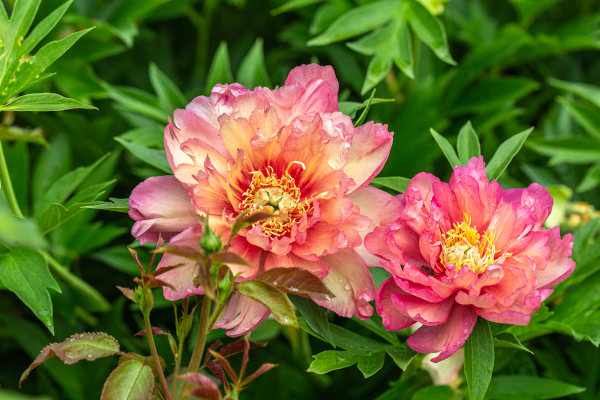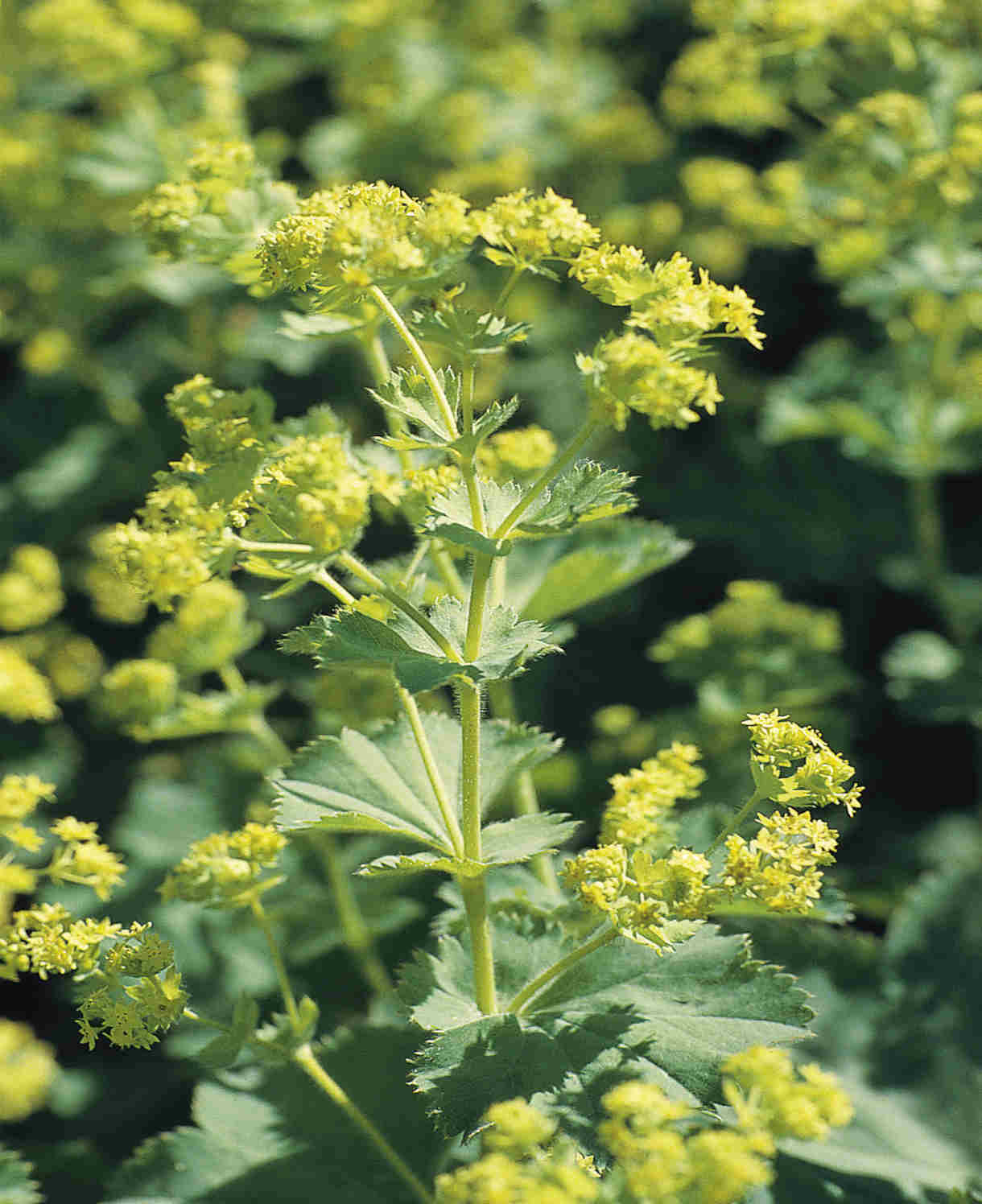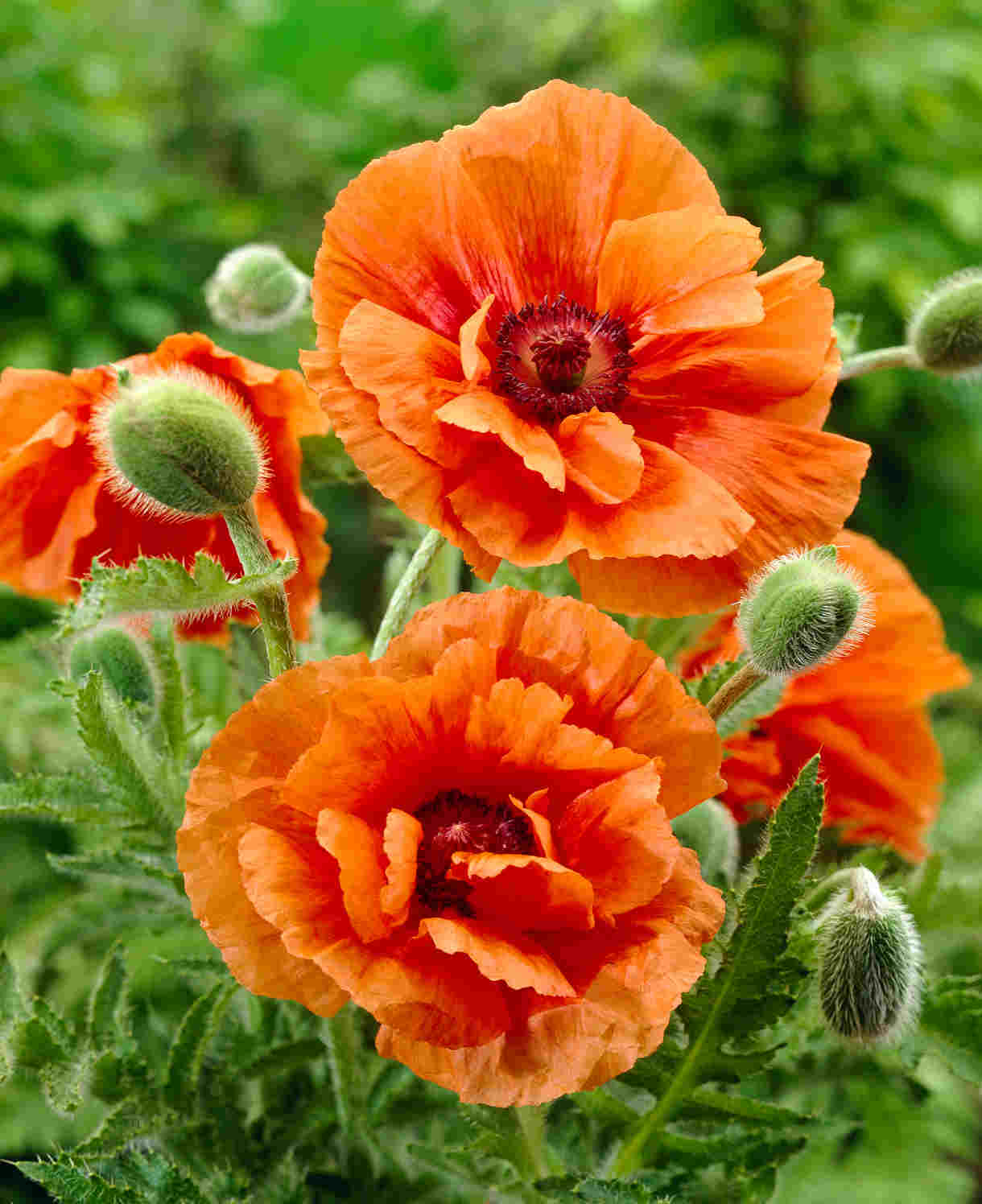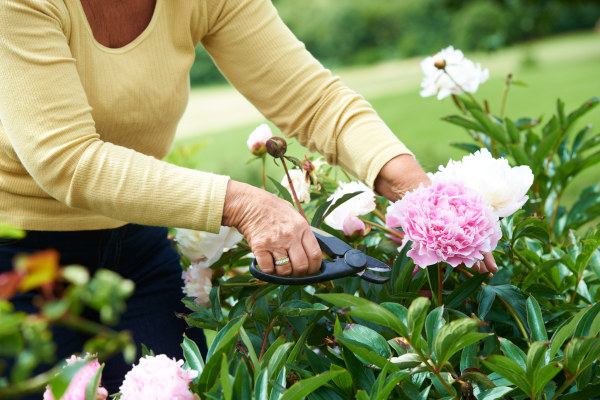How to grow Paeonia
Peonies are the true showstoppers of the early summer garden with their big and blowsy, beautifully fragranced blooms.
The large single or double flowers, appear in a gorgeous array of shades - white, pink, yellow, coral, and red, in May and June - they may be short-lived, but are eagerly anticipated each spring and plants become noticeably larger and more floriferous during the first few years. Some Peony plants can live for over 100 years.
Peonies are easy to grow and low maintenance.
There are three different types of Peonies, all of which are perennial – herbaceous peonies which die back each winter, tree peonies which are shrubby, woody plants, and intersectional (known as Itoh) hybrids which are a mix of the two and produce the largest of blooms.

Zantedeschia is a genus of flowering plants from the family Araceae and is native to southern Africa. With a rich history dating back to the Ancient Romans, these deciduous or semi-evergreen perennials have been used as a symbol of celebration. Zantedeschia was Named after Professor Giovanni Zantedeschia, an Italian botanist.
There are two main forms of Zantedeschia: hardy and tender. Hardy forms of the plant can be grown outdoors, enjoy moist soil and full sun or partially shaded conditions - these are known as Arum lilies. Tender forms of Zantedeschia prefer being grown in containers or pots and should be brought inside over the winter - these are known as Calla lilies.
With tuberous flora in all colours from whites, yellows and oranges to deep reds and purples, Zantedeschias are not to be overlooked in any garden, as long as they have sufficient sunlight to grow in.
Ready to learn more about growing Zantedeschia? Read on for all there is to know...

Key Information
Soil pH
Position
Hardiness


Where & when to plant Paeonia
Position - Full sun, with shelter from strong winds
Soil - Moist but well-drained and fertile
Flowering Period - May and June
Hardiness - Hardy perennial
Peonies can be planted as bare roots or plants at any time of the year. We recommend autumn as the ideal time to plant when the plant is dormant. Roots will establish during autumn and winter before the foliage emerges in spring.
Find a bright spot for your plant as Peonies thrive in full sun, ideally a space which receives at least 6 hours of sunshine. Some plants will tolerate a little shade but will not bloom as well as those which are sun-baked.
All peonies prefer fertile, well-drained soil but are not fussy on soil type. Most plants reach between 80-90cm tall and 60-80cm wide, so bear this in mind when planting next to your other plants and space them at least 1 metre apart.
How to plant Paeonia
Dig a hole twice as wide as your plant and add a generous layer of organic matter to the bottom to get your plant off to a good start - homemade compost, well-rotted cow or horse manure or chicken-manure pellets are all perfect.
If planting a potted peony, tease the plant gently from its pot being careful not to damage the crown. Loosen the roots of the potted or bare-root plant before placing in the hole with the crown slightly above the surface of your soil. Peonies do not like to be planted too deeply. Back fill the edges with soil and firm carefully around the base of the plant before watering in well.
Peonies can also be grown in pots of peat-free compost or soil but do much better when planted in open ground.

What to plant with Paeonia
Combine the upward brush strokes of digitalis with other, varied flower forms for a pleasing, professional-looking planting scheme. Think the flat umbels of orlaya and achillea, the open, daisy-like blooms of dahlia and leucanthemum, the rounded globes of allium and agapanthus, and the smaller, delicate textures of geranium, salvia, and phlox. Throw in some grasses such as pennisetum or miscanthus to complete the designer border!



How to care for Paeonia
Peonies require little maintenance once they are established. The application of a thin mulch in early spring before the foliage emerges, no more than 5cm deep, or a sprinkle of bonemeal will be all the feeding necessary to produce a glorious show of blooms.
Support your Peonies in mid-spring, as heavy wind or rainfall can flatten the stems and heavy flower heads. Use metal supports which surround the foliage, or the type which a plant can grow up through. Intersectional and tree peonies do not usually require any support.
Try to avoid cutting the beautiful flowers for the first 3 years by which time, your plants will be much larger and well established. If you cannot resist, then try to cut as short a stem as possible, leaving at least 2 sets of leaves on the plant as this is essential for photosynthesis.
Peony flowers emerge from perfectly round buds which are bullet hard to begin with. If picking the flowers from more mature plants for floral arrangements, try to cut when the buds are marshmallow-soft and they will last longest in the vase, often for over a week.
You may notice ants crawling on the buds as they ripen. Do not remove or knock them off - they are completely harmless to your Peonies and will be feeding from the sticky glue-like sap on the buds which helps them to open.
Peonies usually flower for around 3 weeks in May and June and once the petals have dropped, the seed-heads can be removed to allow your plant to concentrate on storing energy for next year. Allow the foliage of herbaceous Peonies to die back naturally over summer and autumn, the colours of the leaves can be quite beautiful. Remove the foliage when it is brown in late autumn to winter by cutting stems right back to the base of the plant.
How to propagate Paeonia
The best way to propagate herbaceous and intersectional Peonies is to divide larger, mature plants in autumn. This will keep the original plant healthy too.
Firstly, ensure you have cut back all of the foliage and stems. Next, loosen the soil around the plant with a garden fork, taking care not to damage the crown and knock off next years precious buds. Gently lift the plant from the ground and wash as much of the soil from it as you can so that the eyes (small pink or red buds on the crown) are visible. These will form next year’s stems and flowers.
Using a sharp knife, split the plant into pieces which each have at least 3 eyes and plenty of roots and plant each section in its new spot in the garden, or in a pot of multipurpose compost.
Tree peonies should not be divided. Instead, they can be propagated by layering. This is done by bending a flexible new stem which is close to the ground, down into the soil. Cover the stem with a thick layer of soil and it will develop roots and new stems. Once these have established which can take 2-3 years, you can snip the original stem from the parent plant and replant in a pot, or new area of your garden to grow on.
Common Paeonia questions
How deep should I plant my peony?
Peonies are shallow rooted plants and require a cold winter period for buds to be produced. If planted too deep, you may get less blooms so plant the roots to a depth of around 5-7cm below the surface of the soil with any ‘eyebuds’ pointing up through the surface of the soil. Please remember that it can take up to 3 years for a newly transplanted peony to bloom.
How do I move a peony?
Prepare the new sunny site by digging in compost to improve drainage and the fertility of the soil. Autumn is the best time, and Peony plants need to be transplanted quite quickly to reduce shock, so cut back the stems to a few inches above the ground, making it easier to handle. The root can be divided before replanting in its new home.
Can I grow Peonia plants in a container?
Although large plants, peonies can be grown in a pot which is at least 45cm x 45cm, using a good quality potting compost that provides both nutrients and drainage. The plants will still need a period of winter cold to produce blooms.





